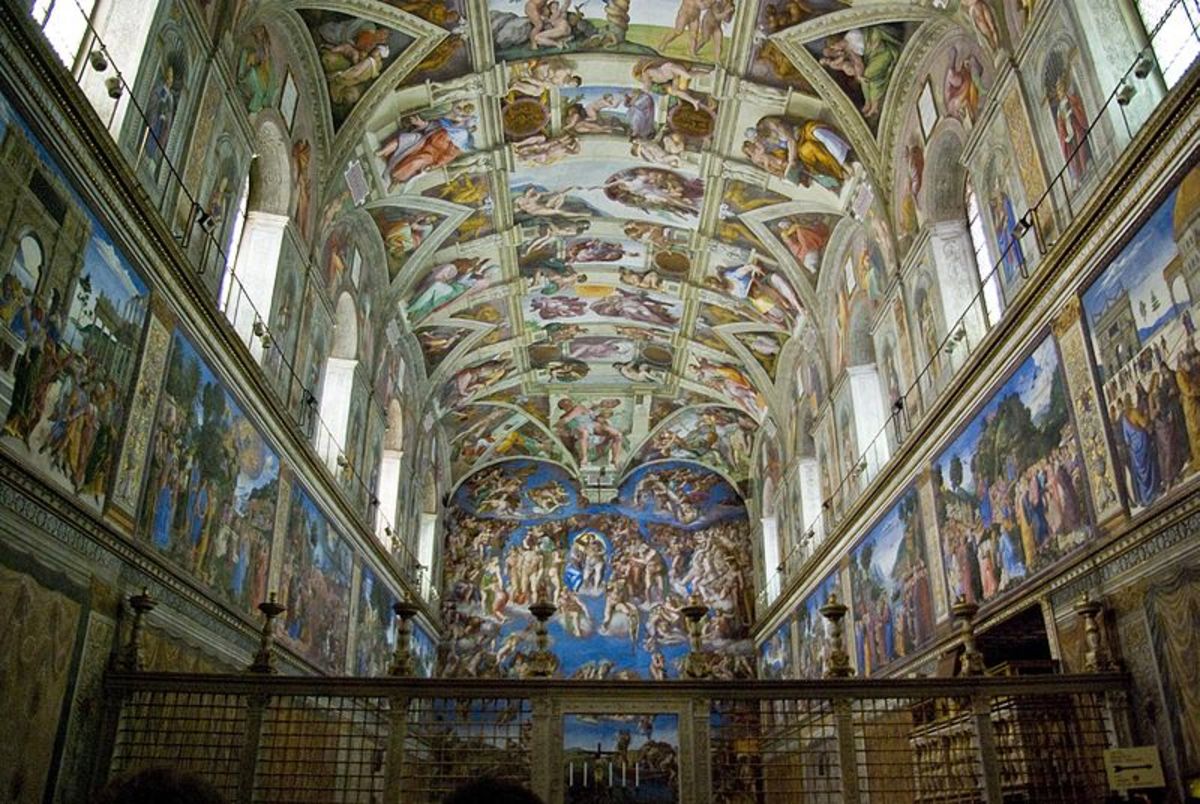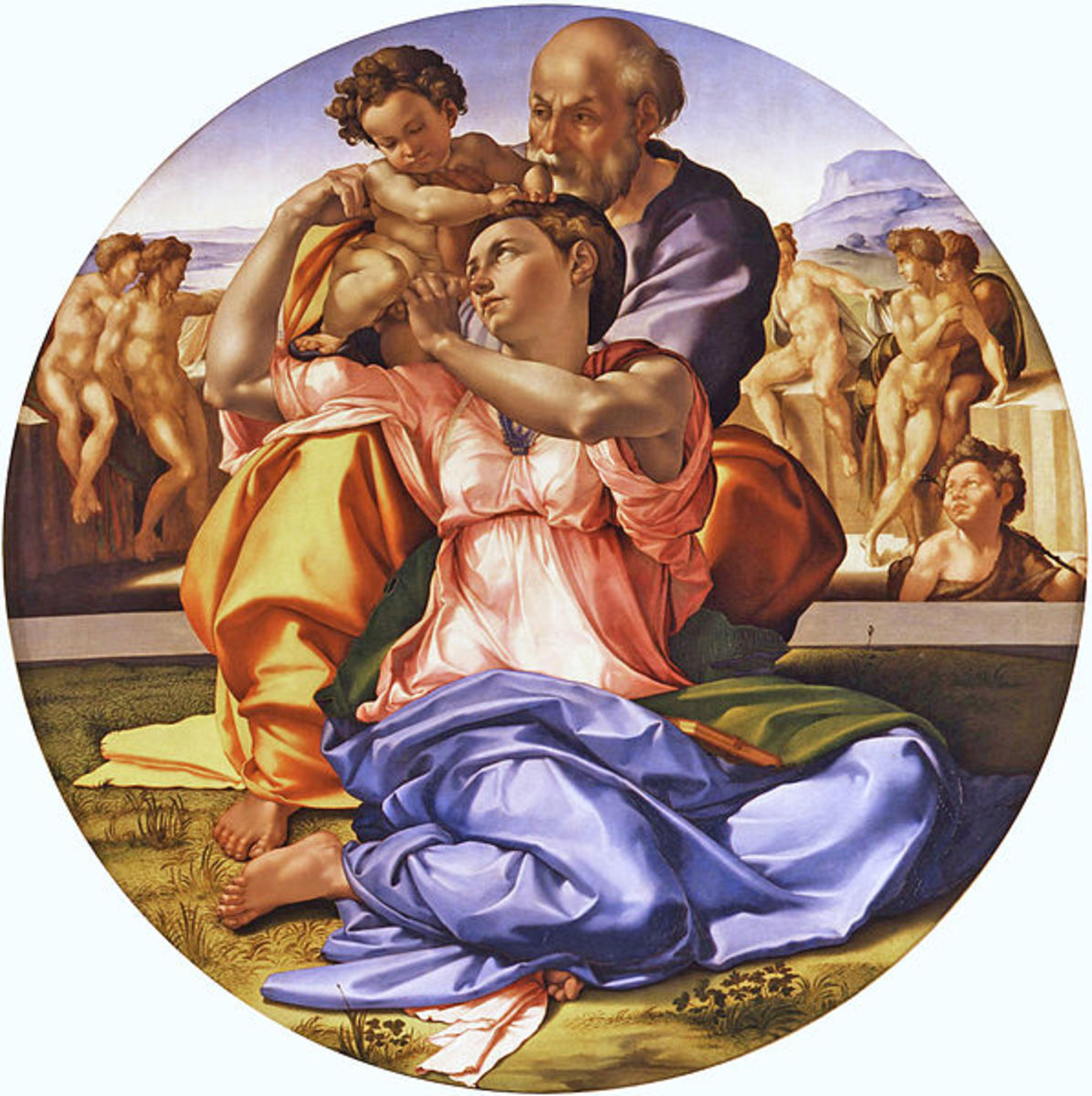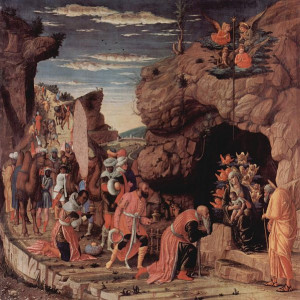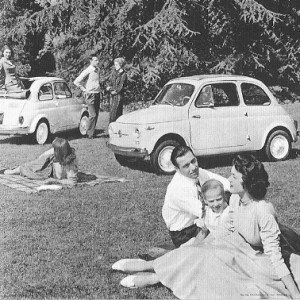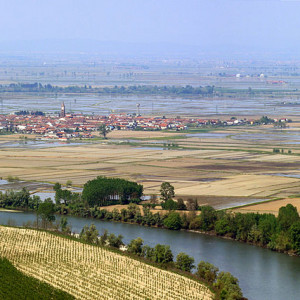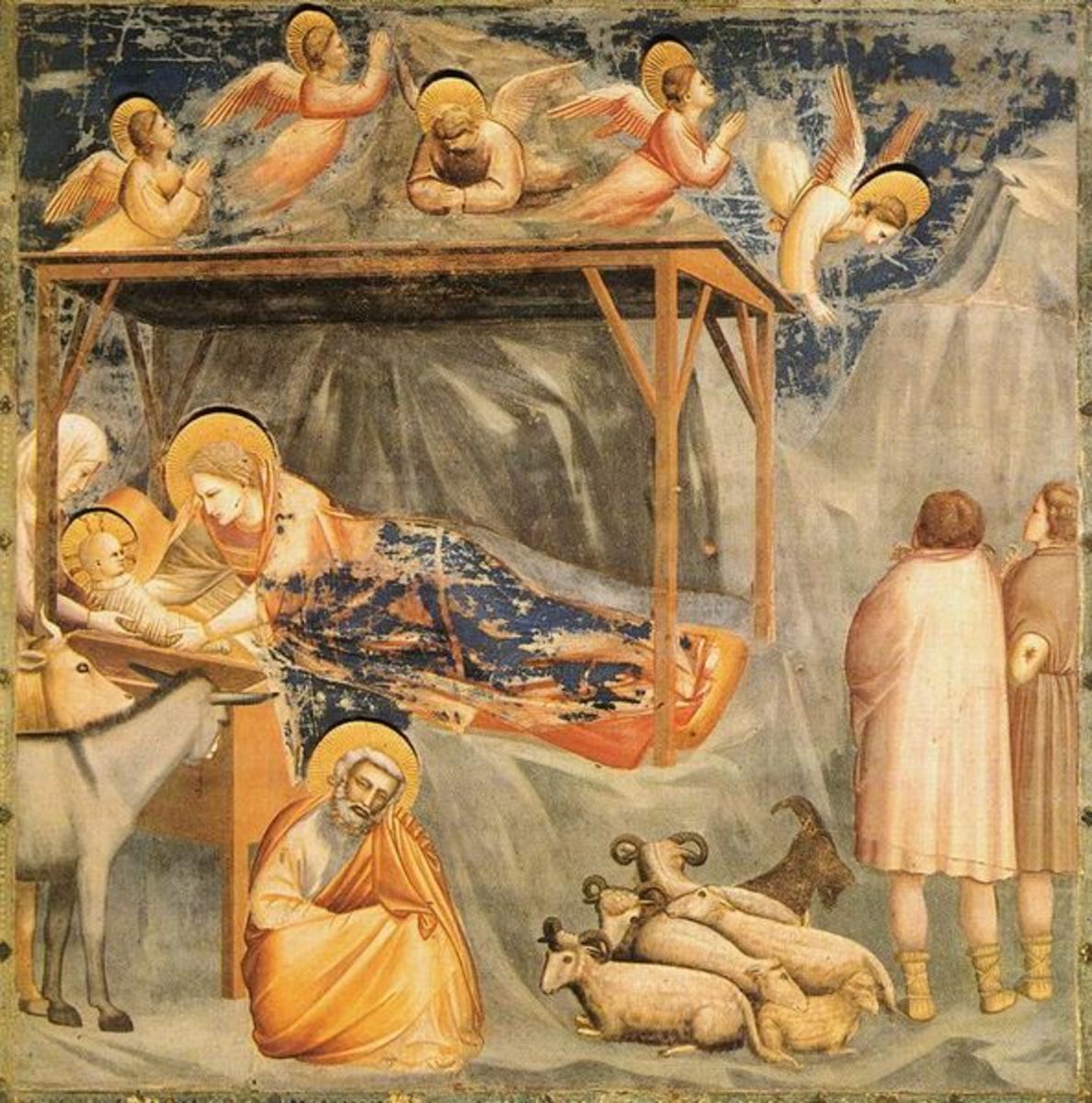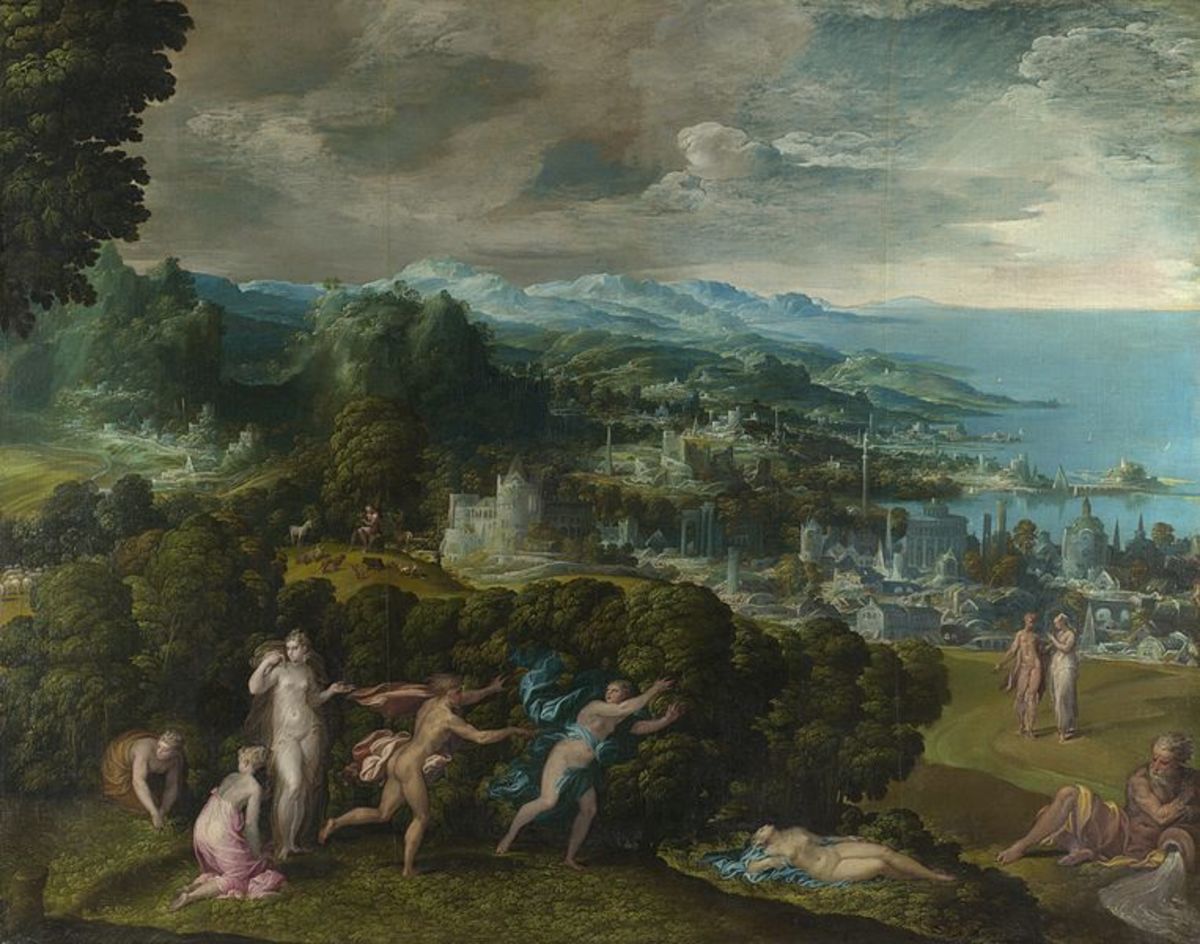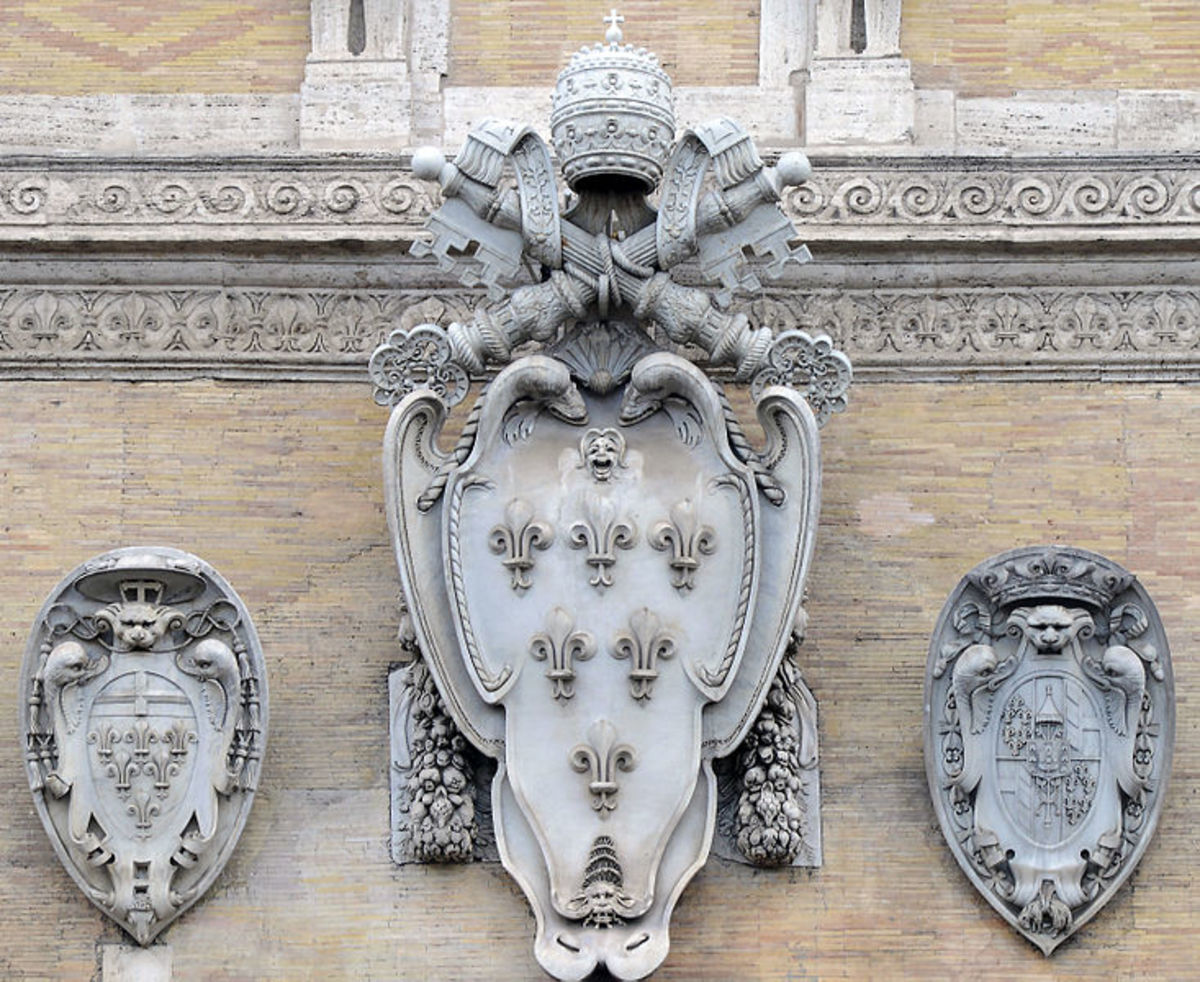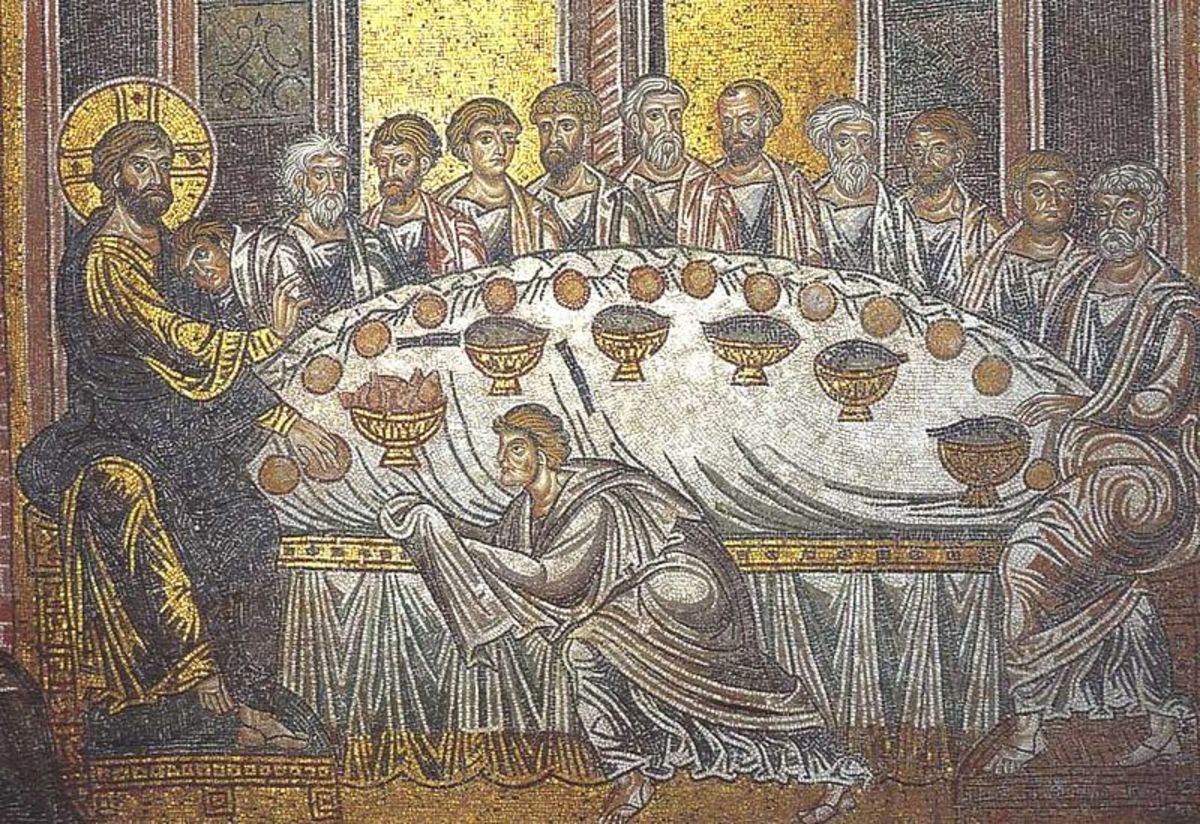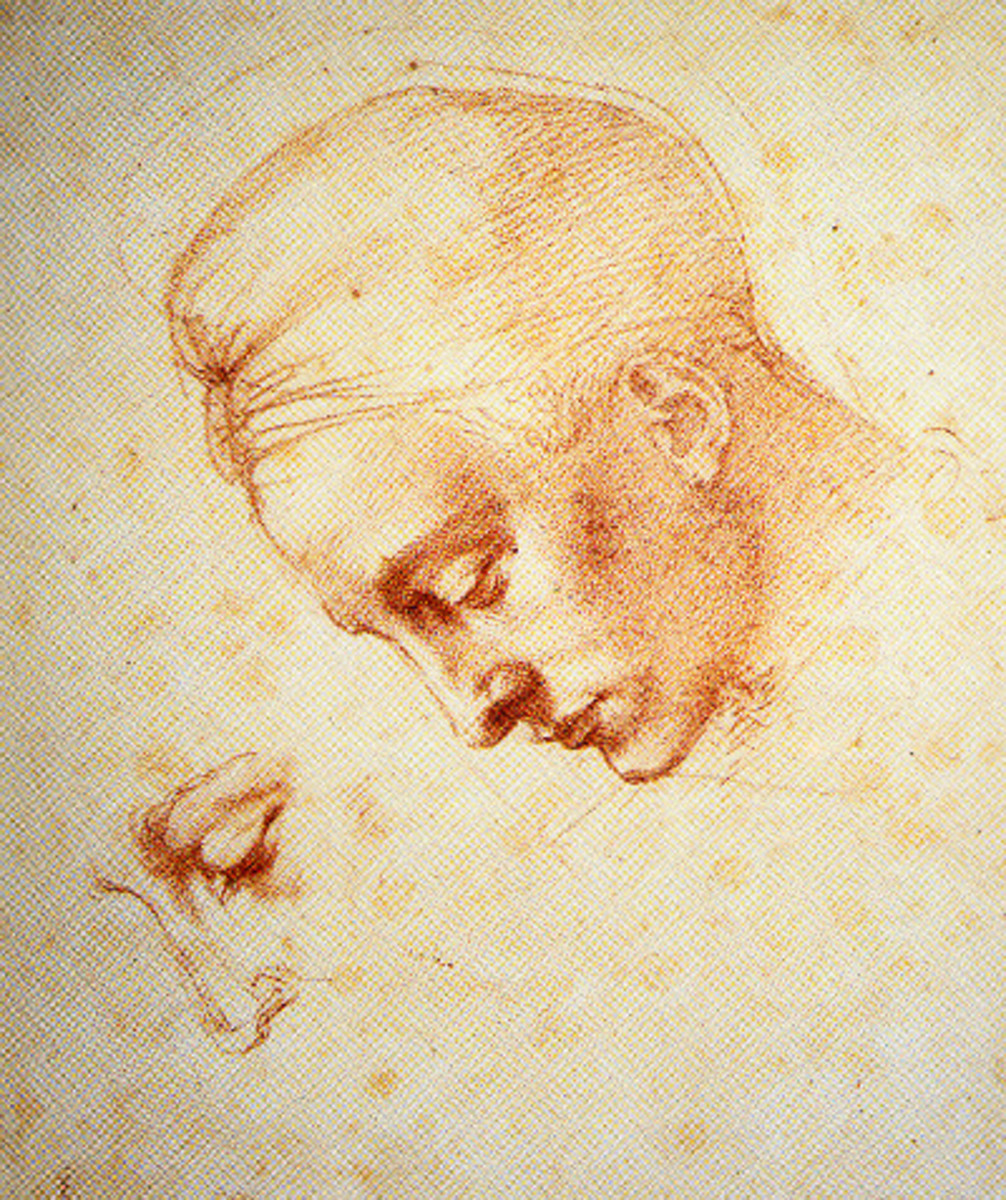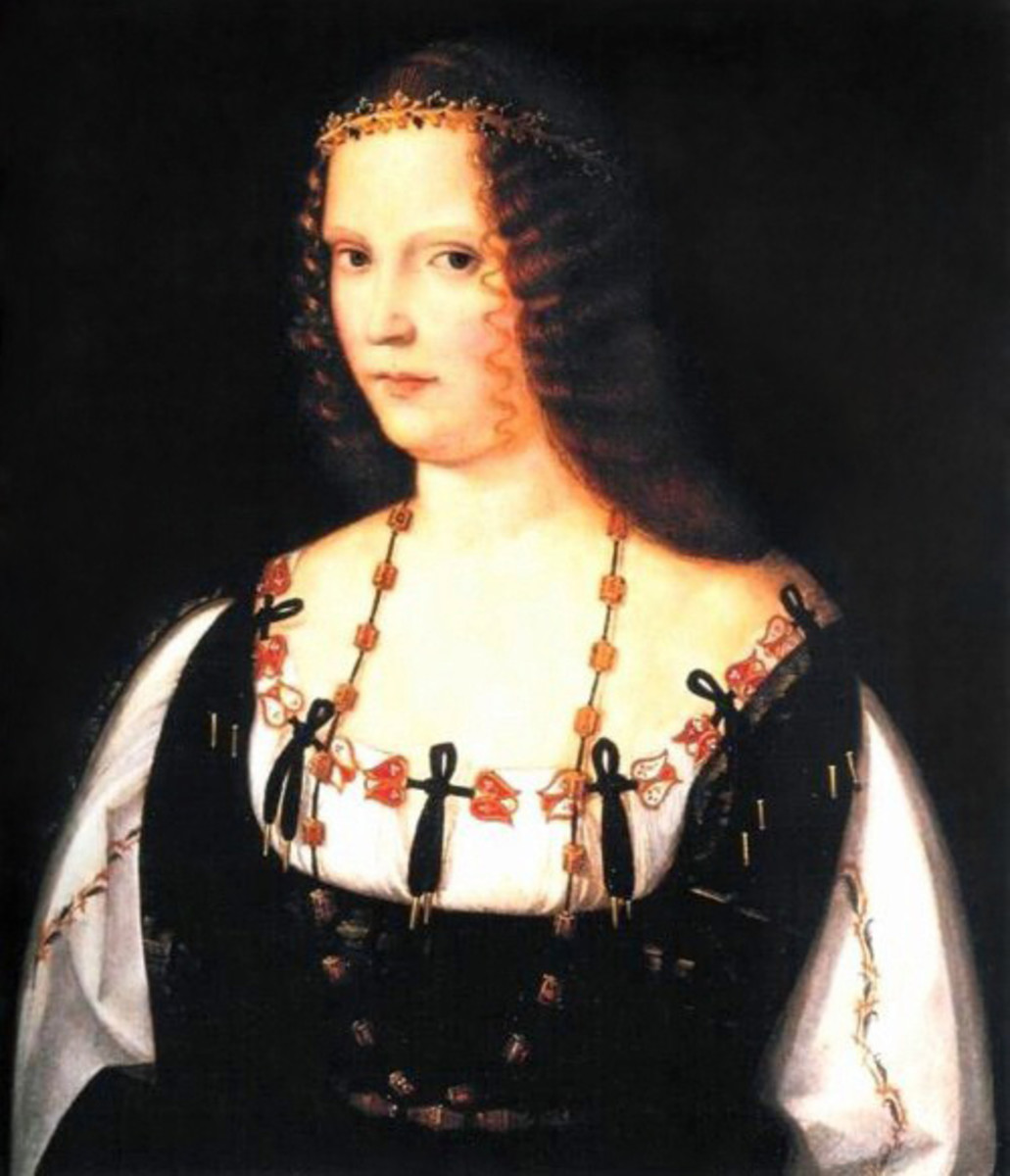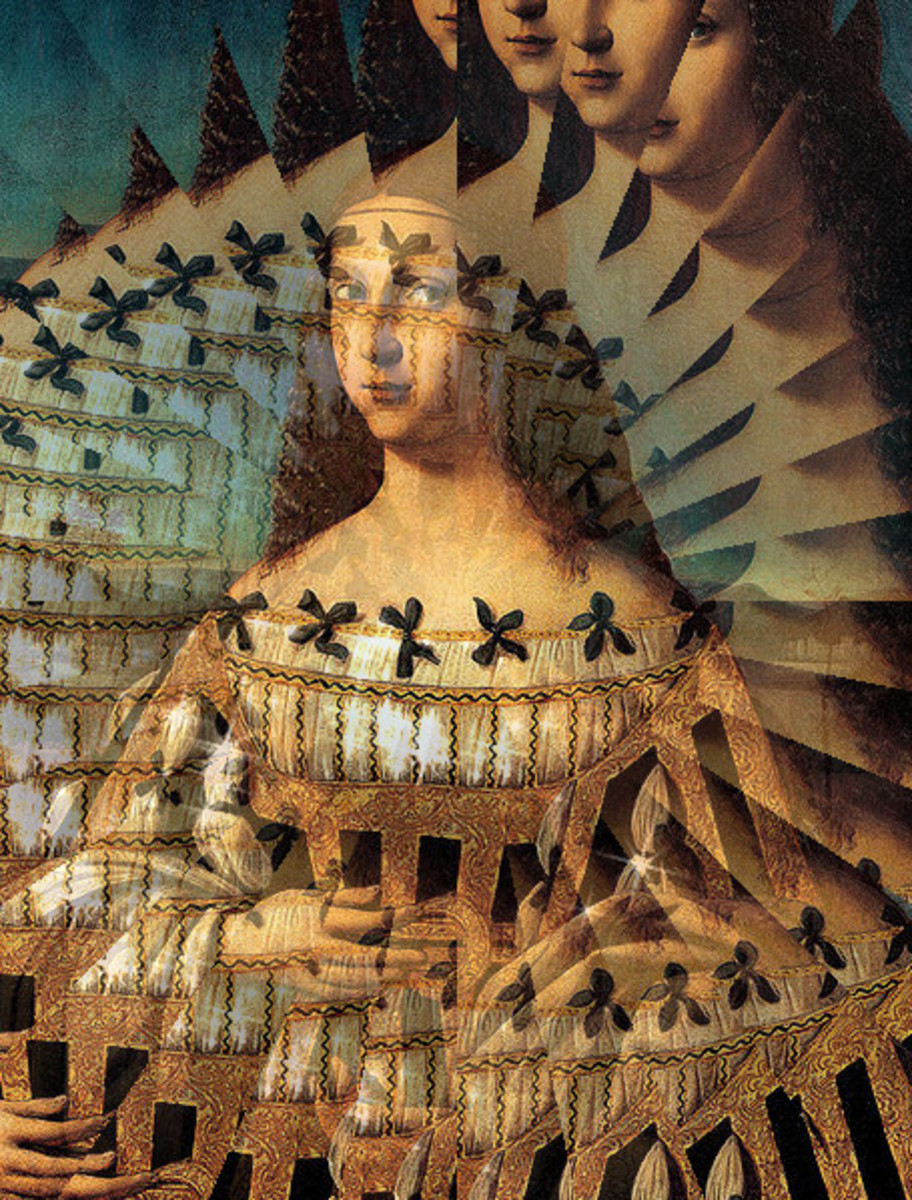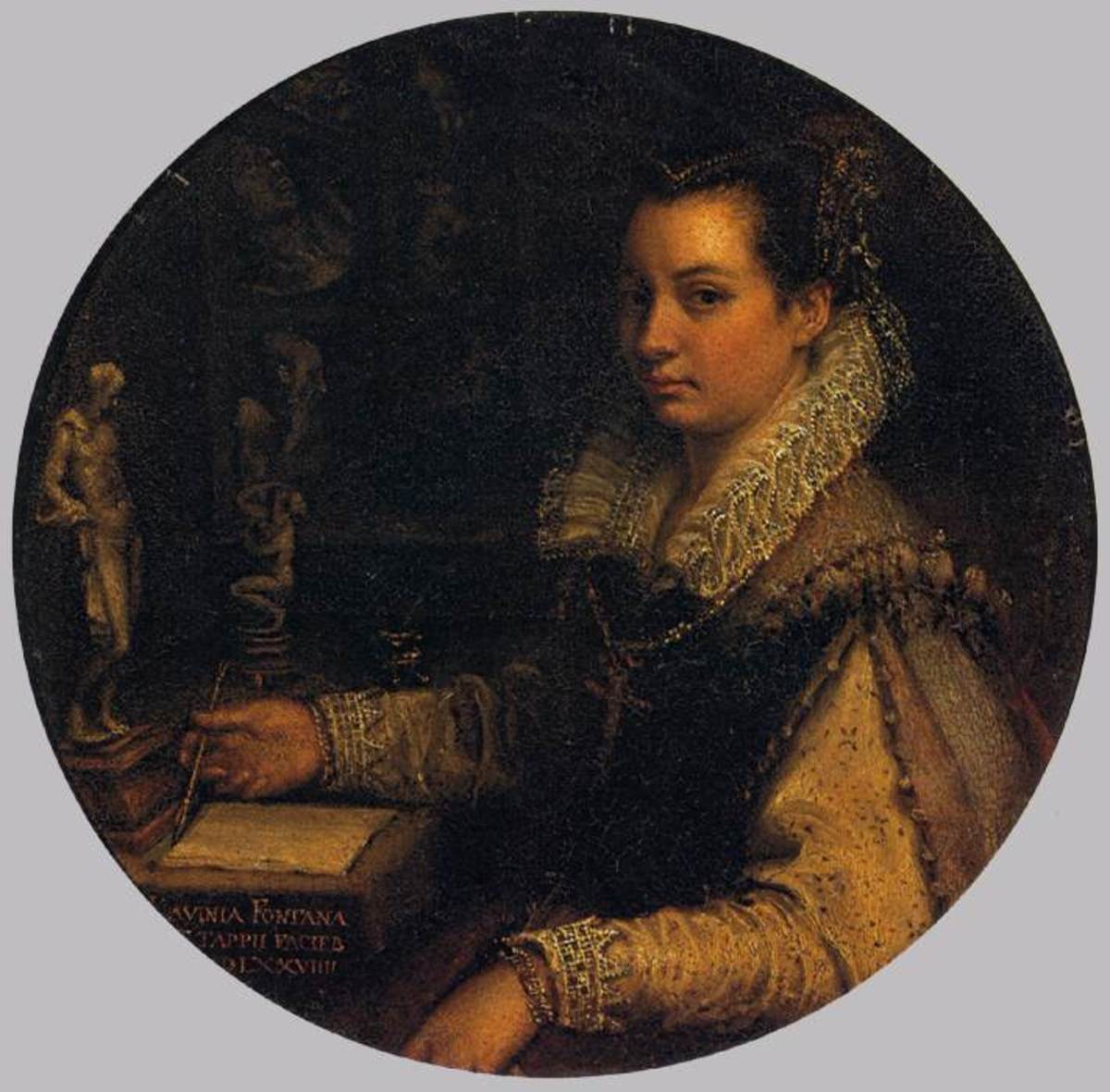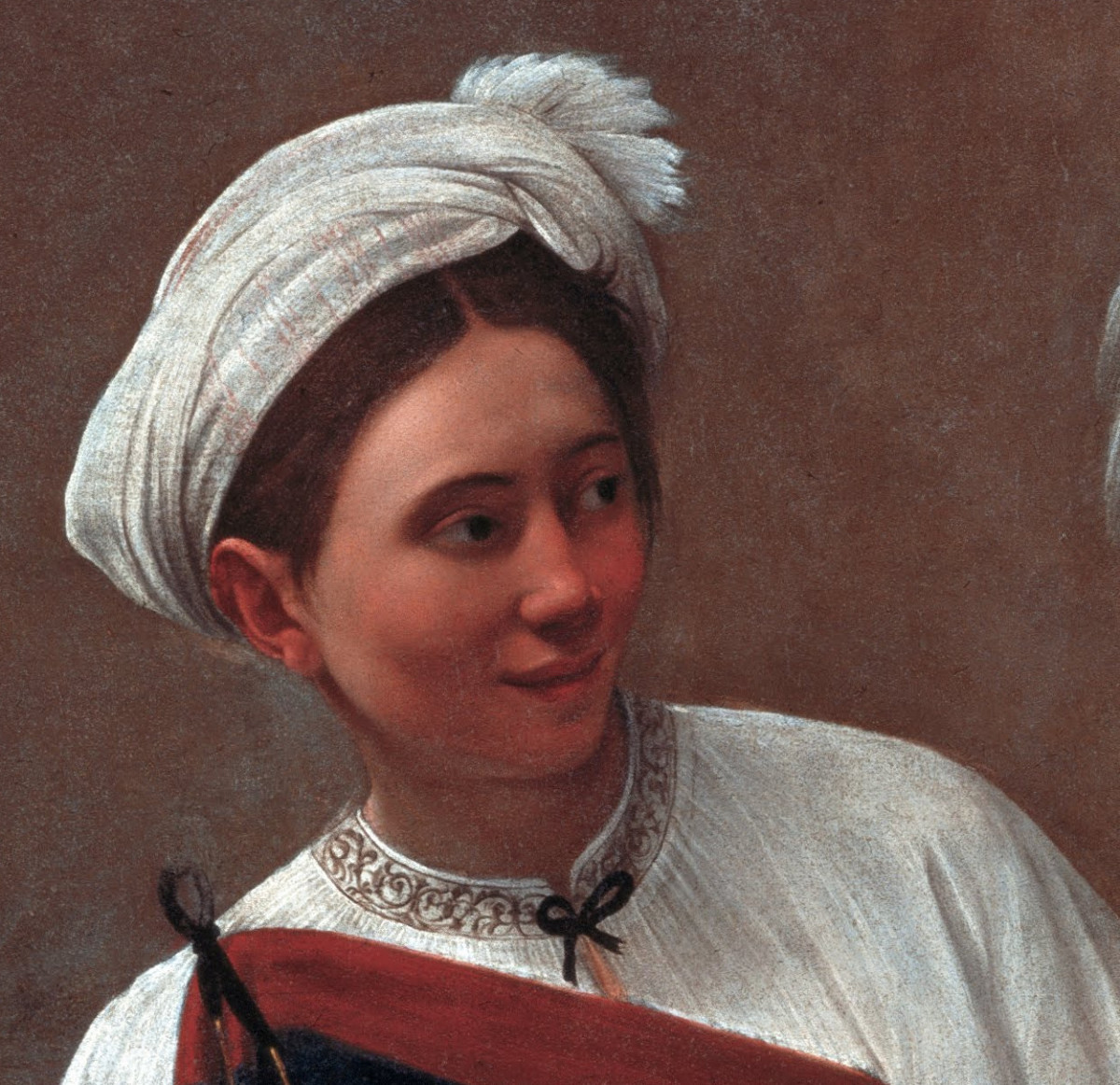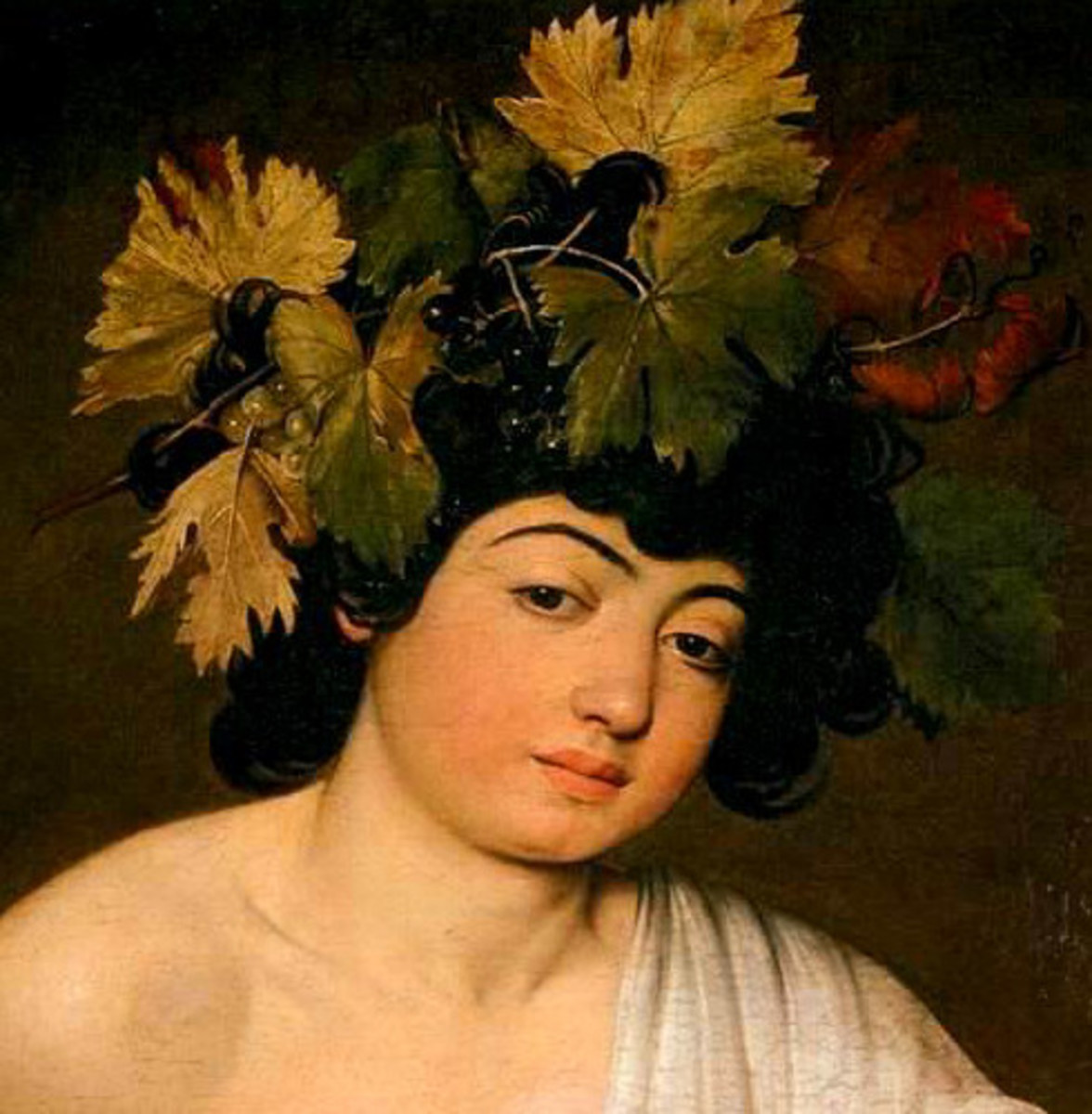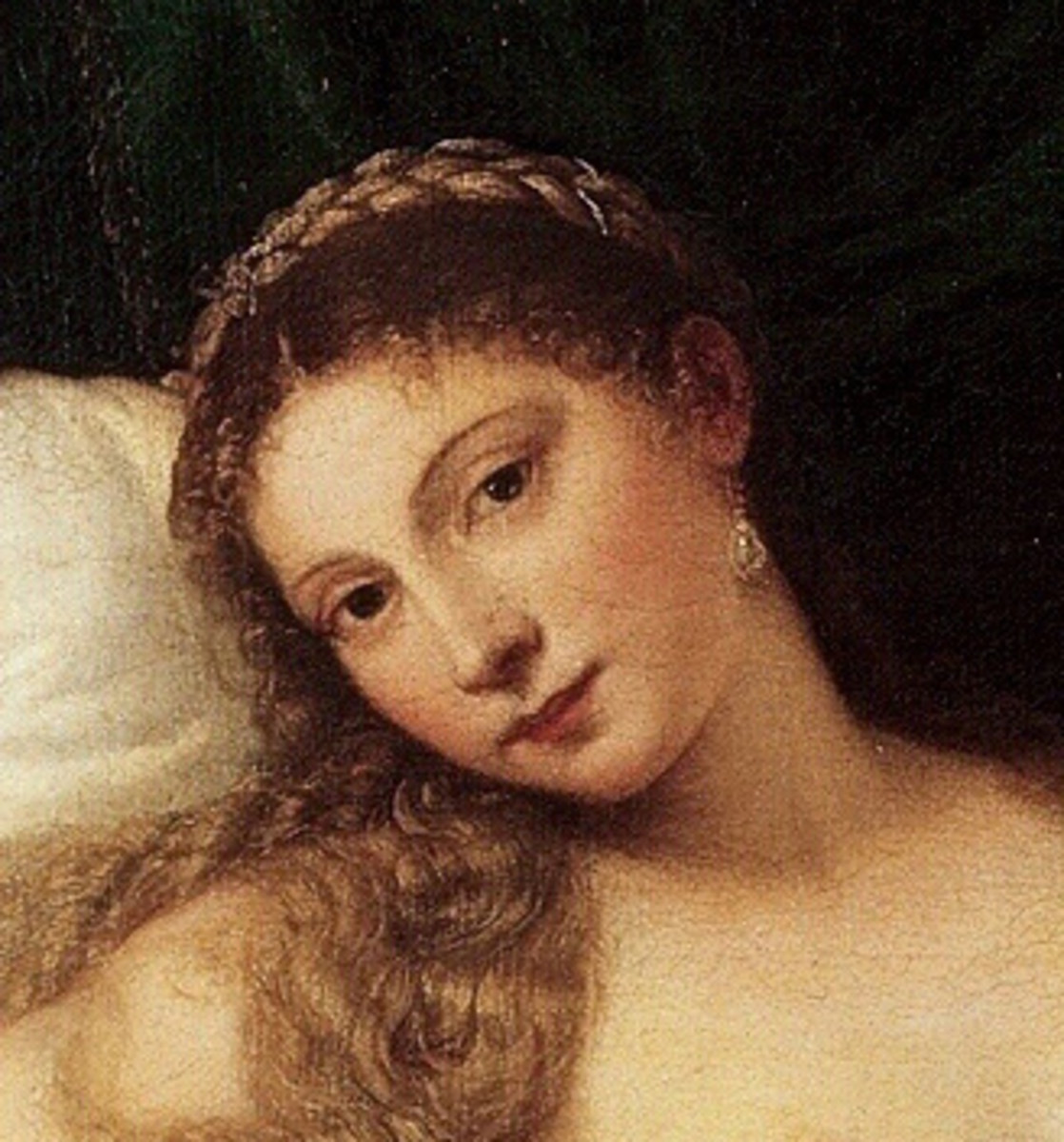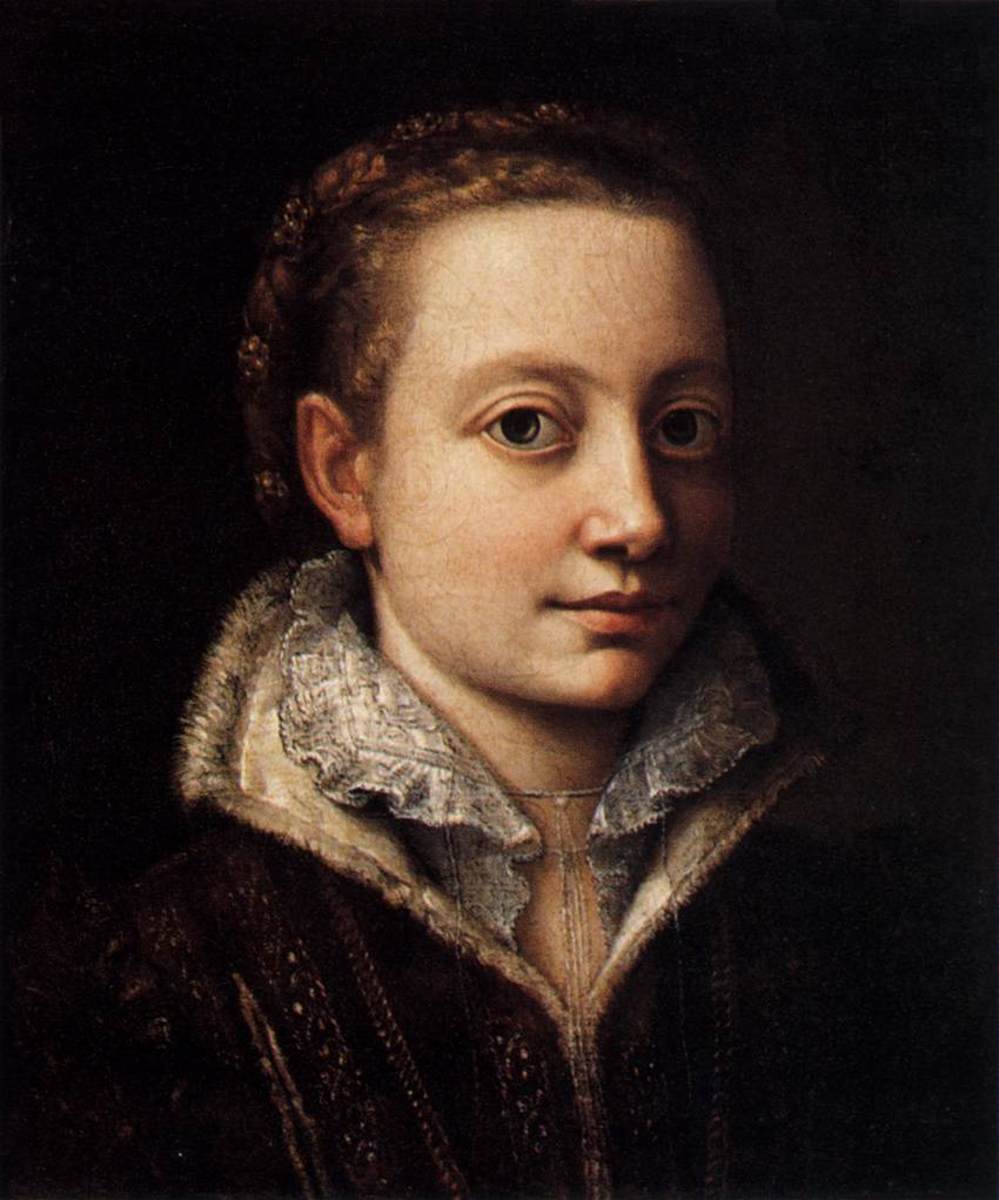 67
67- 3
Nativity, Adoration of the Magi and the Shepherds: Christmas in Italian Art from 1300s to 1600s
The nativity is one of the most frequented subjects in the art history until the Baroque period: in these centuries, the well known iconography of the Christmas takes shape..
- 1
Renaissance Landscape Paintings: From Giotto to Annibale Carracci
Though landscapes began appearing as complementary elements of paintings in the 14th century, it took at least 300 years for it to become an autonomous genre. Here are some of the first landscape works from the Renaissance.
- 0
Palazzo Farnese: a Papal Family and their Majestic Palaces in Rome, Caprarola and Piacenza
The magnificent palaces the Farnese wanted to build in Rome, Caprarola and Piacenza during the XVI century are important pieces of the Renaissance-Mannerist art and an evidence of the family's power
- 1
Last Supper Paintings from Giotto to Leonardo’s Cenacolo
The meal that Jesus had with his disciples in the night of the Passover, known as the Last Supper, is a subject that has engaged many of the greatest painters, from Giotto to Leonardo
- 4
Michelangelo’s Drawings, Anatomy of a Genius
Drawing has accompanied Michelangelo along his whole life. His sketches include the preparatory works for the paintings, but also divagations and attempts revealing a universe less quiet than he wished to appear…
- 2
Love in the Renaissance - The Secret Story between Lucrezia Borgia and Francesco Gonzaga
Lucrezia Borgia, Duchess of Ferrara, and Francesco Gonzaga, Marquis of Mantua, were brothers in law. Between the two, a long love story made of a few meetings and a secret correspondence….
- 0
Lucrezia Borgia: in Search of Her Lost Face
The figure of Lucrezia Borgia has been largely frequented by scholars and artists during the centuries, but her true aspect is still shrouded in mystery…
- 2
Lavinia Fontana, Woman Painter Between Renaissance and Mannerism
Lavinia Fontana is one of the few Italian woman artists who, between XVI and XVII centuries, obtained honours and important commissions. Daughter of the mannerist painter Prospero, she developed her own calligraphic, delicate style…
- 0
Artemisia Gentileschi: Portrait of a Lady, and an Artist, in the Years of Baroque
In the XX century art historians have discovered a woman artist forgotten for 300 years: Artemisia Gentileschi. Daughter of painter, trained under the influence of Caravaggio, she was able to affirm her own individuality.
- 5
Caravaggio: a Biography Through His Paintings
Let’s go through the short life of Michelangelo Merisi (known as Caravaggio) looking at his masterpieces, that have established the basis of modern painting
- 0
Bacchus in the Mirror of Caravaggio
Caravaggio had a deep impact on the way of seeing and painting. His Bacchus and the other subjects of his early works are mysterious and innovative...
- 0
Venus of Urbino: this Beautiful Nude Is a Trifle?
The Venus of Urbino, probably Titian’s most famous nude, was defined a “trifle too strong” by Mark Twain. However, this painting was intended as the gift of a husband to his teen bride to educate her to the virtues of the marriage…
- 22
Life and Works of Sofonisba Anguissola, Noblewoman, Portraitist of Philip II
Sofonisba Anguissola (1531 – 1625) holds a no little record: she is the only woman represented at the Prado Museum. Despite she were a celebrated artist at her days, her name has been forgotten for centuries ….
- 0
Doni Tondo: Michelangelo’s Holy Family
The Doni Tondo, a Holy Family painted in the early 1500s, is the only panel painting attributed to Michelangelo. It anticipates the colours and the great figures of the Sistine Chapel ceiling.
- 1
Sistine Chapel Facts: Michelangelo and the Popes Who Created the Masterpiece of Western Art
The history of the Sistine Chapel with documented facts: from the project of Sixtus IV to the 1980s and 1990s restoration and the led lighting in 2014.
